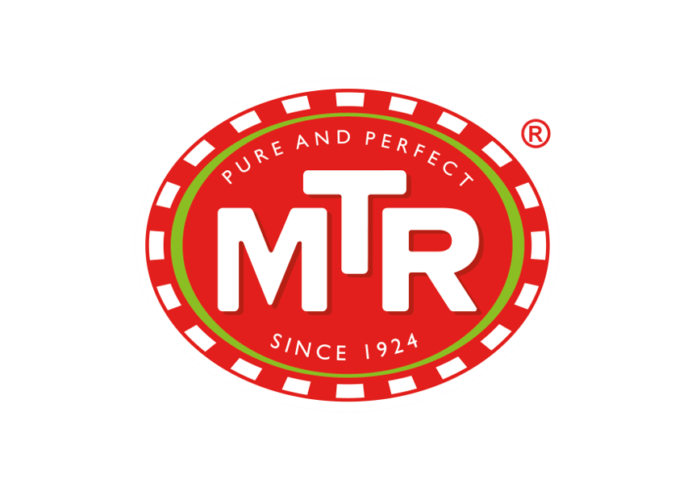The Indian food market is known for its intense competition, and recent statements from the owner of MTR and Eastern Condiments highlight the challenges faced by companies operating in this sector. The company noted similarities in India’s food preferences with some European countries but highlighted the market’s complexity and heightened competition due to the growing popularity of branded spices. The Indian food market’s competitive intensity is on a higher level compared to European markets. The route to the consumer in India is more complex, requiring companies to navigate regional variations and diverse consumer preferences.
The Indian food market is characterised by a diverse and fragmented consumer base with varying tastes and preferences across different regions. The growing popularity of branded spices has intensified competition among food companies, as consumers seek quality and consistency in their culinary experiences. The presence of both local and international players in the market further adds to the competitive intensity. Companies need to invest in understanding regional variations and tailor their products and marketing strategies accordingly to succeed in the Indian food market.
RTM Watch’s Take
The competitive intensity in the Indian food market presents both challenges and opportunities for companies like MTR and Eastern Condiments. While the market’s complexity and heightened competition may pose obstacles, it also signifies the immense potential and demand for innovative and high-quality food products. To thrive in this competitive landscape, companies need to invest in research and development, understand regional variations, and continuously adapt to evolving consumer preferences. By staying ahead of market trends and delivering products that cater to the diverse Indian palate, companies can carve out a strong position in the Indian food market.




































